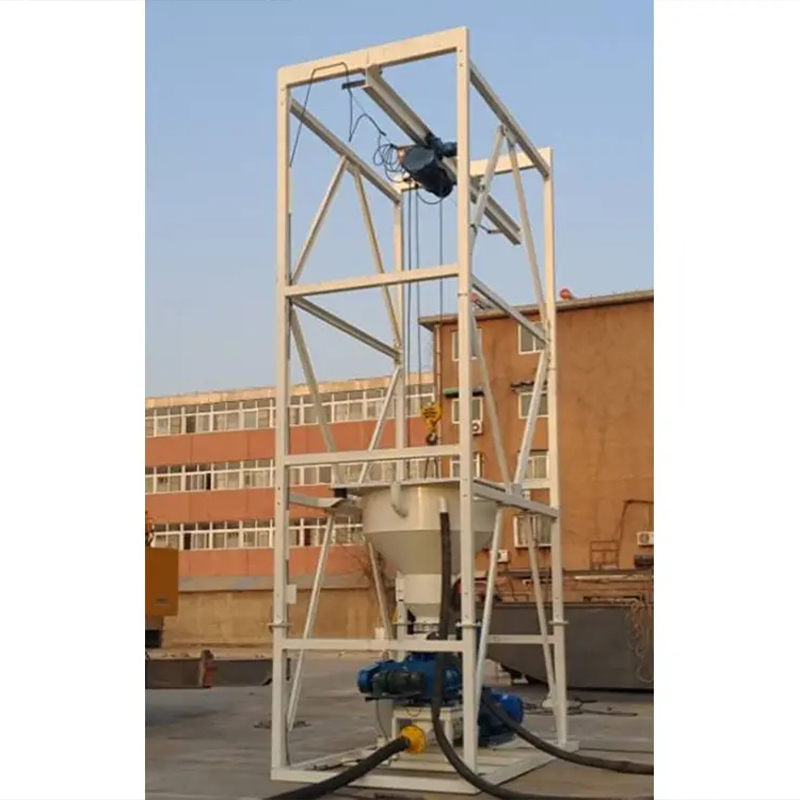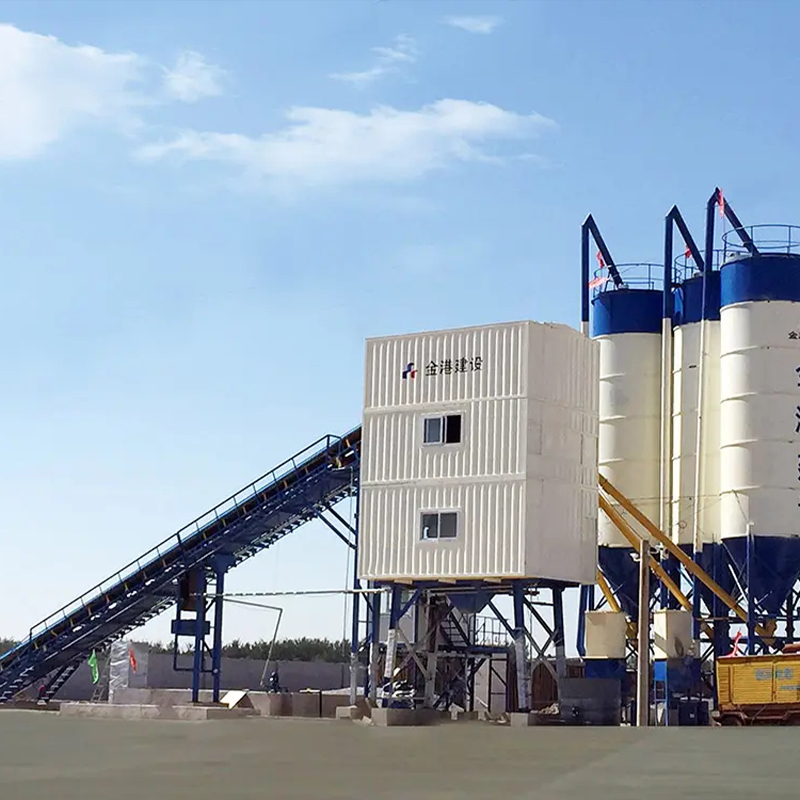Self-Erecting Concrete Batching Plants: A Comprehensive GuideSelf-erecting concrete batching plants offer a highly efficient and cost-effective solution for a variety of concrete production needs. This guide provides a detailed overview of these plants, covering their features, benefits, applications, and considerations for selection and operation.

Understanding Self-Erecting Concrete Batching Plants
A self-erecting concrete batching plant is a prefabricated concrete mixing facility designed for easy transportation and rapid on-site setup. Unlike traditional batching plants requiring extensive assembly, these units are largely self-sufficient, simplifying installation and reducing labor costs. The “self-erecting” feature typically involves hydraulic or motorized systems that allow for the plant to raise its components into their operational positions.
Key Features and Benefits
Ease of Transportation and Setup
The primary advantage is their portability. These plants are designed for easy dismantling and transport, making them ideal for projects with varying locations or temporary needs. The self-erecting mechanism significantly reduces the time and manpower needed for installation compared to traditional plants. This translates into faster project commencement and reduced labor costs.
High Productivity and Efficiency
Self-erecting concrete batching plants are engineered for efficient concrete production. Many models offer automated controls and high-capacity mixing systems, ensuring a consistent output of high-quality concrete. This increased efficiency contributes to faster project completion.
Cost-Effectiveness
While the initial investment might seem higher compared to smaller, less advanced systems, the long-term cost savings through reduced labor, faster setup, and efficient operation often outweigh the initial expense. The reduced reliance on specialized installation crews also contributes to overall cost savings.
Versatile Applications
Self-erecting concrete batching plants find applications in a diverse range of projects, including: road construction, building construction, bridge construction, and various infrastructure projects. Their mobility makes them suitable for both large-scale and smaller projects where portability is crucial.
Factors to Consider When Choosing a Self-Erecting Plant
Capacity and Output
The required concrete production capacity is a primary factor. Select a plant that meets the demands of your projects, considering peak production needs and future scalability.
Mixing Technology
Different plants employ various mixing technologies (e.g., twin-shaft mixers, planetary mixers). Understanding the advantages and disadvantages of each technology is crucial for selecting the optimal system for your specific concrete mix requirements.
Automation and Controls
The level of automation influences both efficiency and operational complexity. Advanced automated systems can enhance productivity but may require more specialized training.
Maintenance and Service
Investigate the plant’s maintenance requirements and the availability of parts and service. A reliable after-sales service network is vital for minimizing downtime.
Choosing the Right Supplier
Selecting a reputable supplier is paramount. Consider factors such as the supplier’s experience, reputation, and after-sales support. For high-quality and reliable self-erecting concrete batching plants, consider exploring options from leading manufacturers like Zibo Jixiang Machinery Co.,Ltd. They offer a wide range of models to suit diverse project needs.

Conclusion
Self-erecting concrete batching plants represent a significant advancement in concrete production technology, providing a compelling combination of efficiency, portability, and cost-effectiveness. By carefully considering the factors outlined above, you can select the ideal plant to meet your project requirements and optimize your concrete production process.
table { width: 700px; margin: 20px auto; border-collapse: collapse;}th, td { border: 1px solid #ddd; padding: 8px; text-align: left;}th { background-color: #f2f2f2;}
Post time: 2025-09-06
